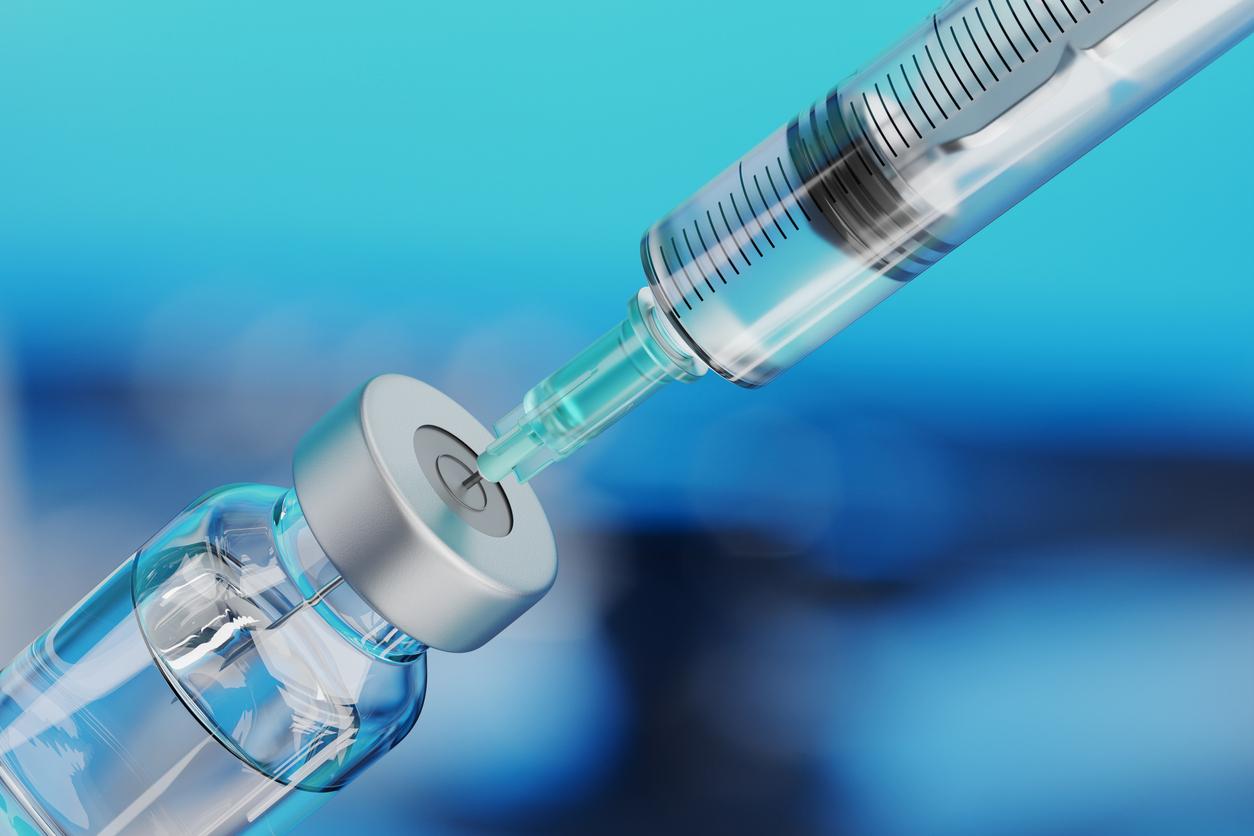We created the Vaccine Integrity Project to ensure that vaccine policies remain grounded in the best available evidence, free from external influence and focused on optimizing the protection of individuals, families, and communities against vaccine-preventable diseases. The project is not wed to one approach or to protecting existing systems; rather, it is guided by the goal of protecting lives by safeguarding American vaccine access, safety, and use.
The public health community read with great interest media reports about proposed changes to vaccine safety monitoring and newly proposed standards for approving new vaccines. The goals outlined in a Washington Post story on the subject are laudable: improving vaccine safety and strengthening the vaccine safety system. We agree with those goals. At the same time, what we read begged more questions about the proposed changes than it answered. Americans need to understand if and how a new and novel system will operate and serve the public better than current standards.
Background information can help Americans better follow the discussion and watch for key developments.
Vaccine safety monitoring
Important to this process is a shared understanding of how the current system works. The Centers for Disease Control and Prevention (CDC) oversees two systems: (1) The Vaccine Adverse Event Reporting System (VAERS), which it supervises with the Food and Drug Administration (FDA) to allow providers and vaccine manufacturers to report adverse health events following vaccinations; and (2) the Vaccine Safety Datalink (VSD), which gives the agency access to electronic health records from 11 healthcare systems around the country, representing more than 10 million people.
The VSD can use the data collected to conduct research on vaccine safety questions in large populations and monitor possible rare and serious reactions to FDA-approved vaccines. The Centers for Medicare and Medicaid Services (CMS) and the US Department of Veterans Affairs (VA) also operate databases.
Whether or not you believe that the current safety infrastructure is optimal, one cannot deny that it has been successful—for decades. Over and over, it has detected the smallest of safety signals, all with the goal of upholding the highest safety standards for vaccines recommended for and used by Americans.
In 1976, for example, out of more than 40 million people who received the swine flu vaccine, enhanced safety monitoring quickly uncovered an increased risk of Guilian-Barre syndrome. In 1999, after VAERS detected just nine cases of intussusception, a rare bowel obstruction, following the administration of the first rotavirus vaccine in 500,000 children, the CDC's Advisory Committee on Immunization Practices (ACIP) withdrew its recommendation, and the manufacturer withdrew its license.
More recently, in 2021, among millions of people who received the Johnson & Johnson COVID-19 vaccine, VAERS detected a rare but potentially fatal condition that forms blood clots, causing the CDC and FDA to recommend a pause in its use and ultimately issue a preference for mRNA vaccines. And just this year, the CDC was alerted to five cases in which a person was hospitalized with cardiac or neurologic events after receiving the new chikungunya vaccine, prompting the agency to alert providers.
VAERS can't determine whether a vaccine caused a particular adverse event, but it can reveal event-reporting trends that may suggest the need for further assessment. In other words, VAERS functions like a smoke detector in alerting to potential dangers that need attention.
Thus, we have a system that does work, finding rare cases of serious side effects. Of importance, it's also sensitive enough to turn up safety signals, even those later shown not to be conclusively associated with a vaccine. That happened in 2023, when the VSD picked up on a potential heightened risk of stroke among people older than 65 who received a COVID-19 vaccine. That allowed officials to comb through other databases (VAERS, CMS, and VA) to look for the same issue—a search that did not turn up an increased risk.
Improvements to the current system are most welcome. However, making big changes to vaccine approval and safety systems—and potentially eliminating them—needs careful thought with a clear goal of avoiding unanticipated negative consequences. Furthermore, changes require honesty about the current system and how proposed alternatives will improve performance. We worry that some descriptions of the existing system—"designed to fail," "unusable"—distort reality.
If the question is, "How can we make the current system even better, given US Health and Human Services (HHS) Secretary Robert F. Kennedy Jr's near decade as the leader of an anti-vaccine group?," the burden of proof for solutions is necessarily high. Here are the questions that HHS’s overseers in Congress and Americans need to ask HHS as they hear of plans to "improve" the system:
- What is the detection capacity of this new system? How many cases will you look at to detect an event? One in 1 million? One in 10 million?
- What specific adverse events will you monitor for, and how will they be defined, identified, and reported in a timely way?
- What happens when a unique, unexpected adverse event occurs outside of those you were screening for? How will they be identified?
- If there is a safety signal, how will it be definitively linked to a vaccine?
- Who will alert the vaccine-monitoring system of events? The current system allows providers and manufacturers to log health events after vaccination (VAERS) and individual people to report side effects to the CDC, FDA and CMS vaccine-monitoring systems.
- How will real-world data be used to identify potential unexpected adverse events, and how can they be distinguished from background rates of events that would occur even without vaccination?
- How timely will the system be? Who will monitor it? Who will receive safety flags?
- Who will have access to data for independent analyses?
- If active adverse-event screening is proposed, who will do it? Where and how often?
- How many personnel will be required to do the work?
- How much does the new system cost?
Real transparency requires answering questions like these in the planning stages. Repeating the mantra "gold standard of science" is not a substitute. And to be credible about the new system working as promised, it needs to be examined and vetted by independent vaccinologists, immunologists, clinicians, biostatisticians, and others. That would be part of meeting a gold standard for transparency. In addition, given the stakes, any new system must be up and fully functioning before the other is dismantled.
Standards for approving new vaccines
Proposed changes to the vaccine approval system deserve the same scrutiny. Press reports indicate that new vaccines will be required to undergo "placebo-controlled trials" before being deemed safe. In this type of trial, one group of people is given the proposed vaccine, and another receives an inert substance, or placebo, such as saline.
This raises an obvious issue. It's not ethical to use a placebo control in a trial in which an effective treatment is already available as the standard of care. This is because of the real danger of harm to participants if they are randomly assigned to receive a placebo and are sickened from the disease the vaccine could have prevented. Taking this out of the medical world, let's take the example of testing for a different life-or-death product: parachutes. Who would sign up for a trial in which you could receive the placebo?
The same thing applies to vaccines. Most parents will not allow their child to receive a placebo if a safe and effective vaccine is available.
In some situations, placebo controlled-trials are ideal—for example, those in which no effective treatment or preventive intervention (eg, vaccine) exists for a disease or there is little potential harm in delaying or forgoing treatment. Indeed, placebo-controlled trials were carried out for the first-in-class childhood vaccines. (Find a selected list of vaccines that underwent placebo-controlled trials here.)
However, placebo-controlled trials are designed to detect non-rare events and establish side effect profiles rather than find rare adverse events. The current vaccine monitoring system is substantially more sensitive and expansive than, for example, a 1,000-person placebo-controlled trial, so it's unclear how this new standard would improve vaccine safety.
Still, if the current administration wants to move forward with a proposed new model, HHS overseers, Congressional committees, and the American public should ask:
- For what specific instances are you proposing for placebo-controlled trials?
- What constitutes a "new" vaccine?
- Will all "new" vaccines be treated the same, even when a safe and effective treatment or vaccine alternative is already available?
- Are seasonal vaccines for influenza and COVID-19 considered "new" because they cover the year's updated strain of the virus?
- If so, how will manufacturers be able to conduct those trials in time to get vaccines in arms to protect people during each respiratory virus season? (As in, by the time a domestic trial is complete, and a vaccine is authorized for manufacture, the respiratory virus season will be long over.)
- How long will recipients be monitored for adverse events? Many trials ask participants to keep a diary of serious events for a year.
- What kinds of adverse events and at what frequency would deem a vaccine unsafe versus safe?
It is widely agreed that America’s vaccine safety and effectiveness systems should be as strong as possible. Examination is a good thing. Raising questions is a good thing. And changes merit real scrutiny. The failure to vaccinate someone against a vaccine-preventable disease can carry serious consequences. It can make the difference between life and death, between debilitation and health. For example, a recent CDC study estimated that the Vaccines for Children program alone helped prevent 30 million hospitalizations and 1 million deaths from 1994 to 2021.
We know vaccinations save lives. We know the current system can detect rare serious side effects among millions of doses administered. If Secretary Kennedy has proposed improvements, let's see them before they're implemented. Unlike the most recent round of firings at HHS, if mistakes are made, they can't be undone.
Vaccine Integrity Project Viewpoints are authored by project staff and advisers. They are intended to address timely issues regarding vaccines with straight talk and clarity by presenting facts to counter falsehoods.




















